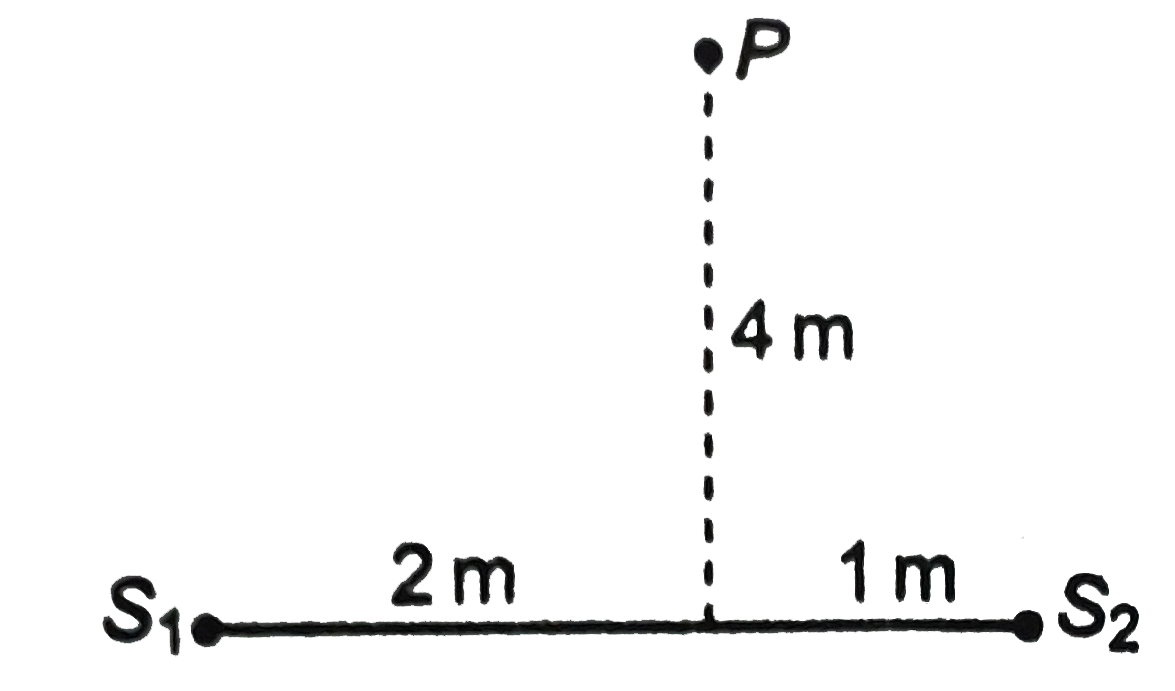Constructive Interference
Step by step video & image solution for Constructive Interference by Physics experts to help you in doubts & scoring excellent marks in Class 11 exams.
Updated on:21/07/2023Similar Questions
There is a destructive interference between the two waves of wavelength λ coming from two different paths at a point. To get maximum sound or constructive interference at that point, the path of one wave is to be increased by
View SolutionIf the wavelength of incident light on a soap film is 700 nm then its minimum thickness 10 t nm so that constructive interference in reflected light can be observed. The value of t is ………..[Take refractive index of the film as 43]
View Solution
Knowledge Check
Which of the following statements is/are correct
I.At the points where the resultant intensity of light is maximum ,interference once is said to be constructive
II.For constructive interference the total phase difference between the interfering waves must be even multiple of πAI and II both are correctBI is correct and II is incorrectCI is incorrect and II is correctDI and II both are incorrectWhat is the minimum thickness of thin film required for constructive interference in the reflected light through it ?
(Given, the refractive index of the film =1.5, wavelength of the lilght incident on the film =600 nm.A100 nmB50 nmC200 nmD25 nmTwo monochromatic and coherent point sources of light are placed at a certain distance from each other in the horizontal plane. The locus of all thos points in the horizontal plane which have constructive interference will be-
AA hyperbolaBfamily of hyperbolaCfamily of straight linesDfamily of parabolas
Two sound sources S1 and S2 emit pure sinussoidal waves in phase . If the speed of sound is 350m/s , then

(a) for what frequencies does constructive interference occur at point P ?
(b) for what frequencies does destructive interference occur at point P ?
View SolutionWhite light is sent downward onto a horizontal thin film that is sandwiched between two materials. The indexes of refraction are 1.80 for the top material, 1.65 for the thin film, and 1.50 for the bottom material. The film thickness is 5.00×10−7 m. Of the visible wavelengths (400 nm to 700 nm) that result in fully constructive interference at an observer above the film, which is the (a) longer and (b) shorter wavelength? The materials and film are then heated so that the film thickness increases. (c) Does the light resulting in fully constructive interference shift toward longer or shorter wavelengths?
View SolutionA radio transmitting station operating at a frequency of 120 MHz has two identical antennas that radiate in phase. Antenna B is 9 m to the right of antenna A. consider point P at a horizontal distance x to the right of antenna A as shown in figure. The value of x and order for which the constructive interference will occur at point P are

View SolutionIn a hall, a person receives direct sound waves from a source 120m away. He also receives waves from the same source which reach him after being reflected from the 25m high ceiling at a point halfway between them. The two waves interfere constructively for wavelengths (in metres)
View SolutionA ray of light is incident at an angle of 45∘ (ralative to the normal) on a thin film of a liquid with an index of refraction of √2. Assuming that the medium of both sides of the film is air, find the minimum thickness of the film required for constructive interference in the reflected light for sodium light of wavelenght 600 nm.

View Solution
